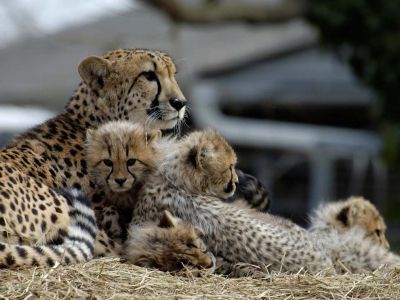
You may have come across news stories about captive-breeding programmes being successful or failures. What is captive breeding?
Captive breeding is a programme where usually animals, birds, reptiles, etc. that are extinct or nearly extinct in the wild, or those that are endangered, are bred in a controlled facility under human supervision. It is seen as a conservation effort because it strives to ensure that a species does not go extinct, and as a result, also protects the animal’s habitat. Captive breeding is also viewed as part of species-survival plans that help create “large, healthy, and genetically diverse populations”, thus leading to biodiversity too. There are many instances of captive breeding leading to newer populations of animals. For instance, the Arabian oryx that went extinct in the wild in the 1960s was captive bred and reintroduced into the wild in the mid-1980s.
However, the process is not without concern.
Normally, the creatures are bred in an environment different from their natural habitat. They are also in a safe environment, and are fed, which means they lack opportunities for their natural instincts to kick in or to learn survival skills. This could prove problematic or even fatal when such animals are released into the wild. Also, since only a small population is used for breeding, it can lead to in-breeding. In-breeding happens when closely related animals breed. If there are genetic problems or infections in the breeding population, this is likely to continue over generations.
Captive breeding may not always be taken up for conservation. Animals could be bred this way for zoos where they are primarily used for exhibition, often in cages under unhygenic conditions. Exotic animals can be bred to be pets or for the pet trade, or for illegal trade where they are killed for their skin, meat, etc.
Picture Credit : Google



